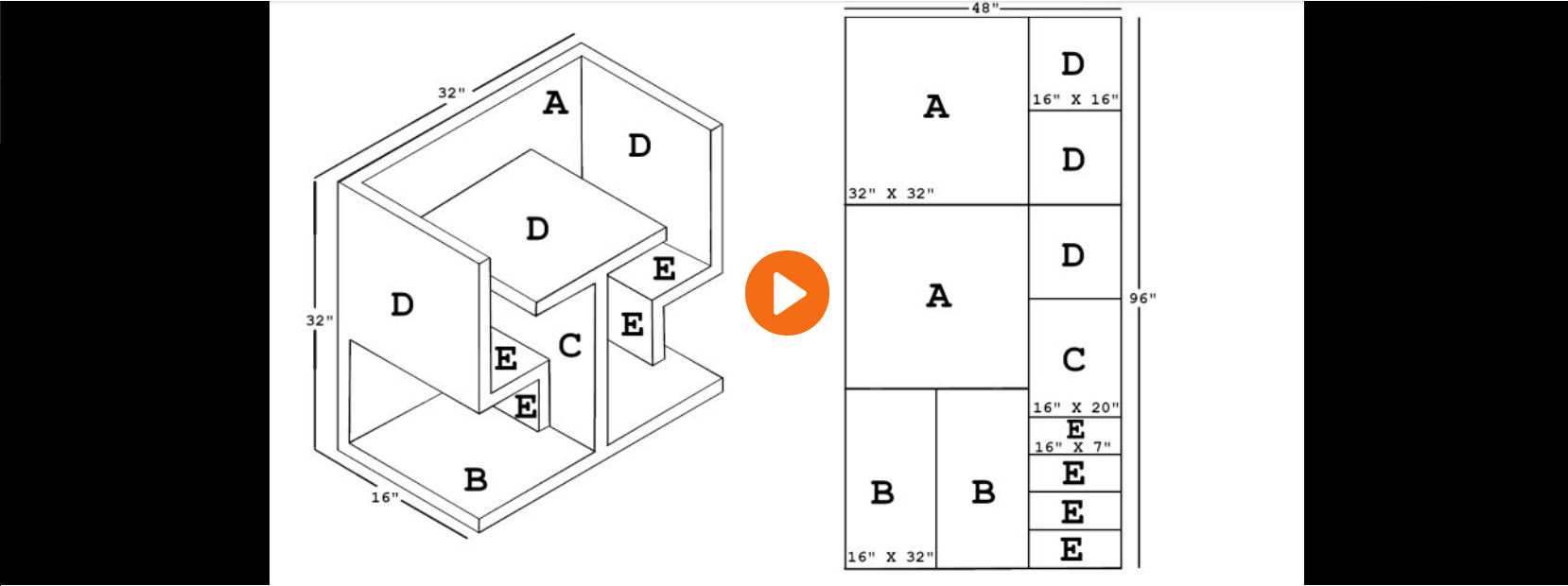UpstreamData-DIY-BlackBox
DIY Guide for an indoor BlackBox ASIC enclosure.

This guide will show you how to use less than $150 in commonly available materials to build an ASIC enclosure that can attenuate the noise by 20dB. The original idea for this enclosure design was put in the public domain by Steve Barbour of Upstream Data around the end of August 2021 in this tweet thread.
The intent of the BlackBox enclosure is to allow the user to run their mining ASIC hardware outdoors where the heat and noise could more easily be controlled or dissipated. Excessive heat and noise are common problems users experience when mining bitcoin in the home or working space.
The enclosure is designed with the ASIC raised on a platform above the air intake/discharge with a symmetrical ‘S' shaped air flow path connecting each. This flow path allows snow, rain or dirt to fall out before it enters the ASIC, potentially causing damage. The ASIC itself is the prime mover of the heated air with an added barrier creating a pressure seal between the low pressure intake side and the high pressure discharge. The "tortuous" shape of the air flow path also helps deaden the sound waves as it reflects and is absorbed within the enclosure, reducing overall noise. The supporting column holding up the ASIC separates the ‘hot'/'cold' aisles and includes an air recirculating valve (air register) which gives the user the ability to recirculate heat when needed, for example in cold or humid climates. Finally, the design also allows for power scalability by elongating the dimension of the box perpendicular to the air flow path, enabling room for more mining ASICs up to 12 in a row in an 8' long enclosure.
The commercial version manufactured by Upstream Data Inc., which can be found here, is made from weather and fire resistant materials so the user can run it safely outdoors or in their home. The DIY version embodied in this official guide is meant for indoor mining using low cost, readily available materials although weatherproofing is possible if sufficient seals and filters are added.
Here is a time-lapse video of the whole build process for you to come back to and reference as you read through this guide.
